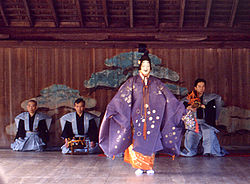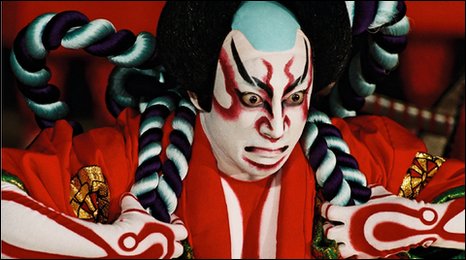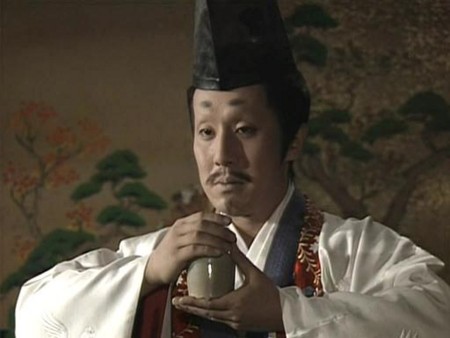This week, we explore the history of one of Japan’s most popular art forms: kabuki theater. Major themes include prostitution, Tokugawa era morality laws, stagecraft, prostitution, and the superiority of Star Trek: Deep Space Nine over The Next Generation.
Listen to the episode here.
Sources
Jansen, Marius. The Making of Modern Japan.
Leiter, Samuel L. A Kabuki Reader: History and Performance.
Images





